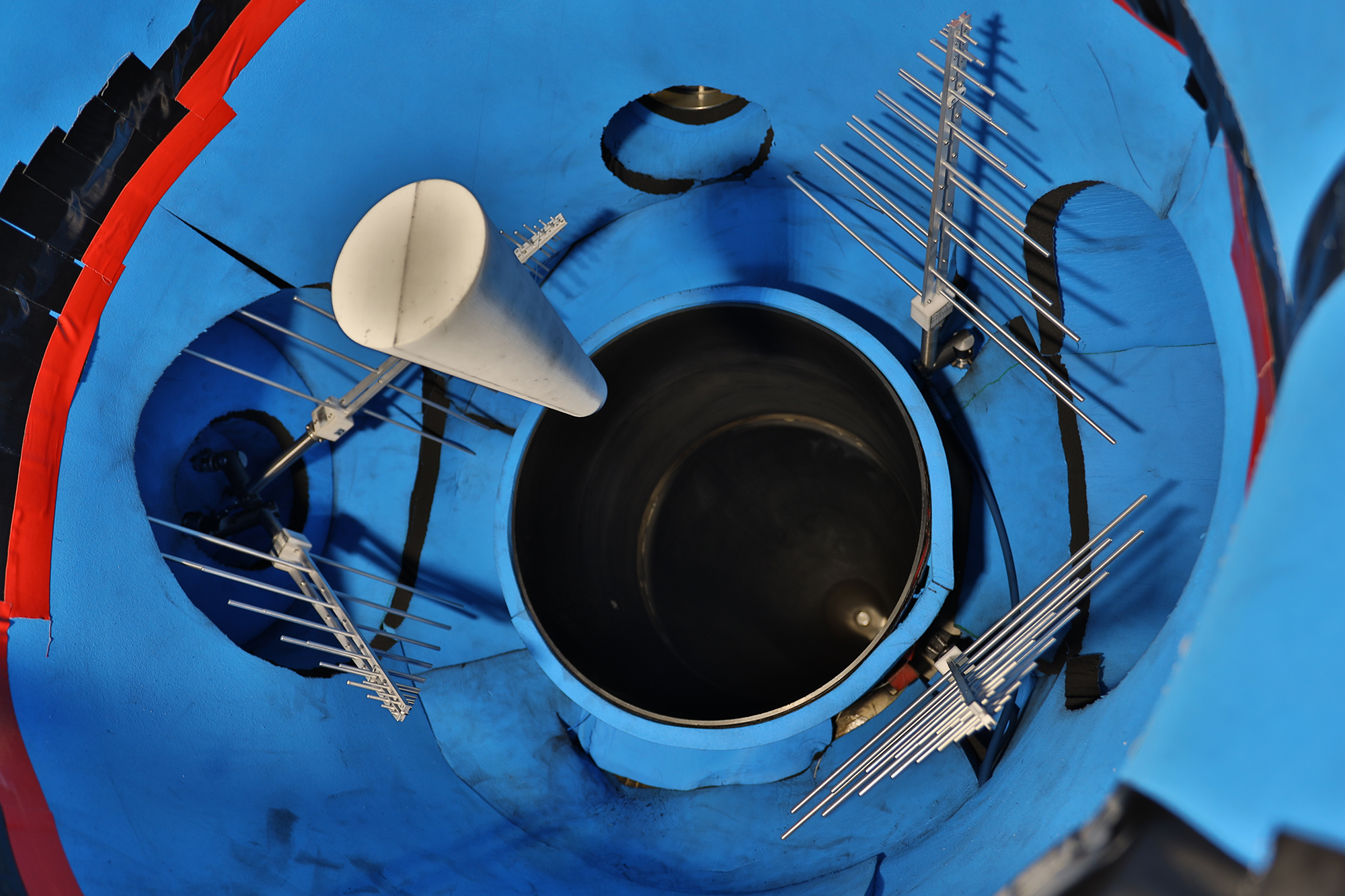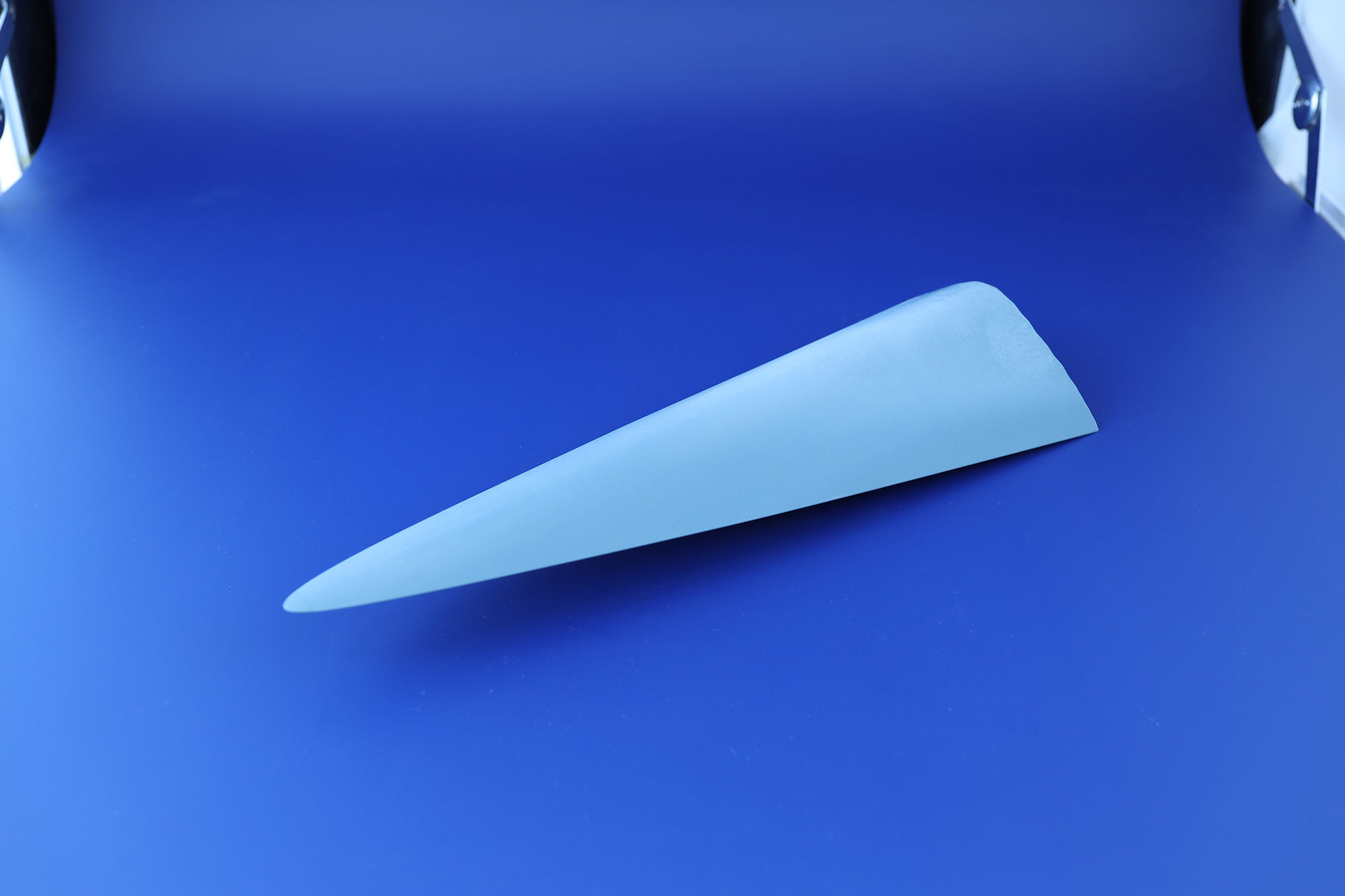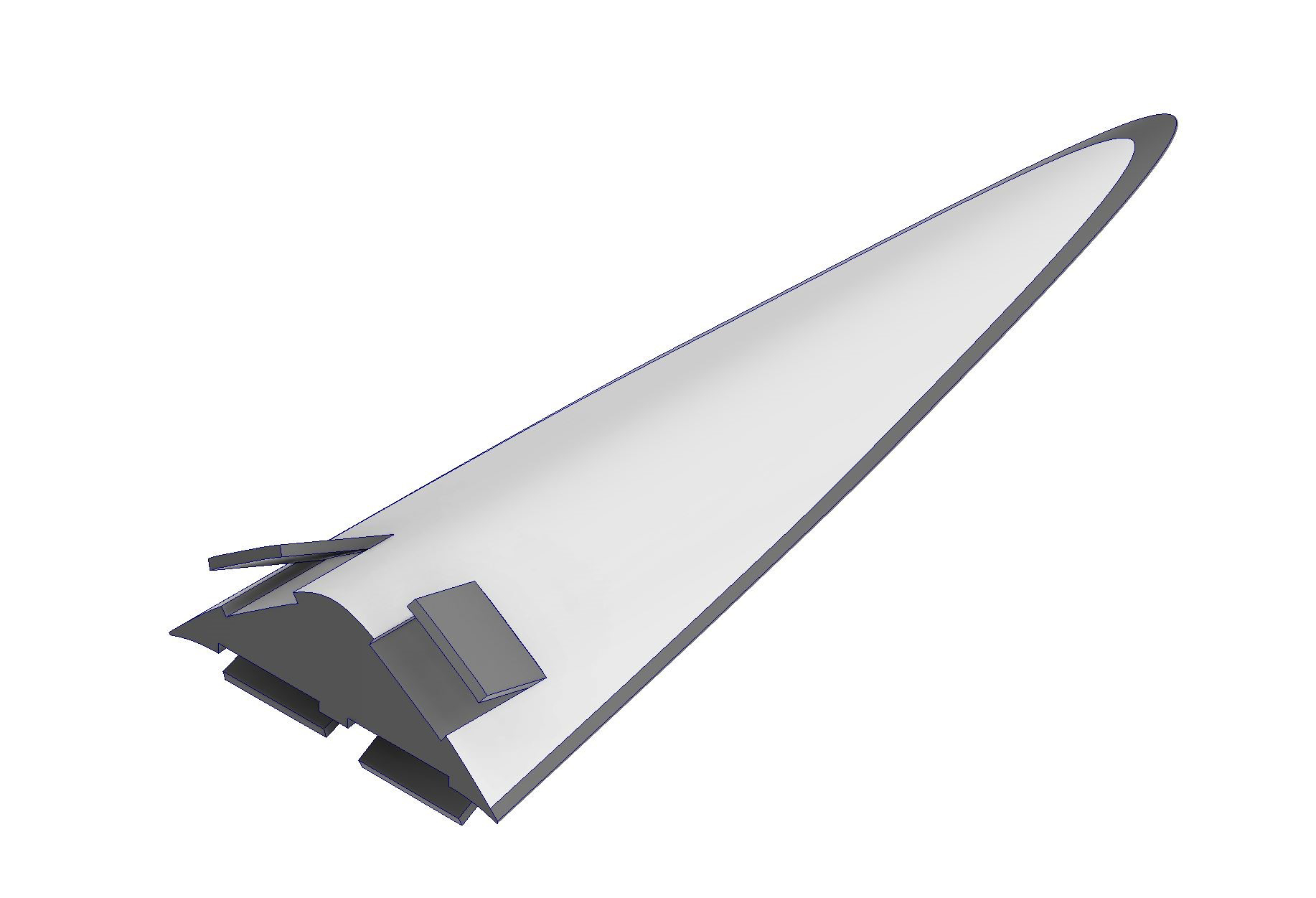HypS²tar - Research initiative: FHR, ISL and DLR jointly research the influence of hypersonic effects on radar signatures
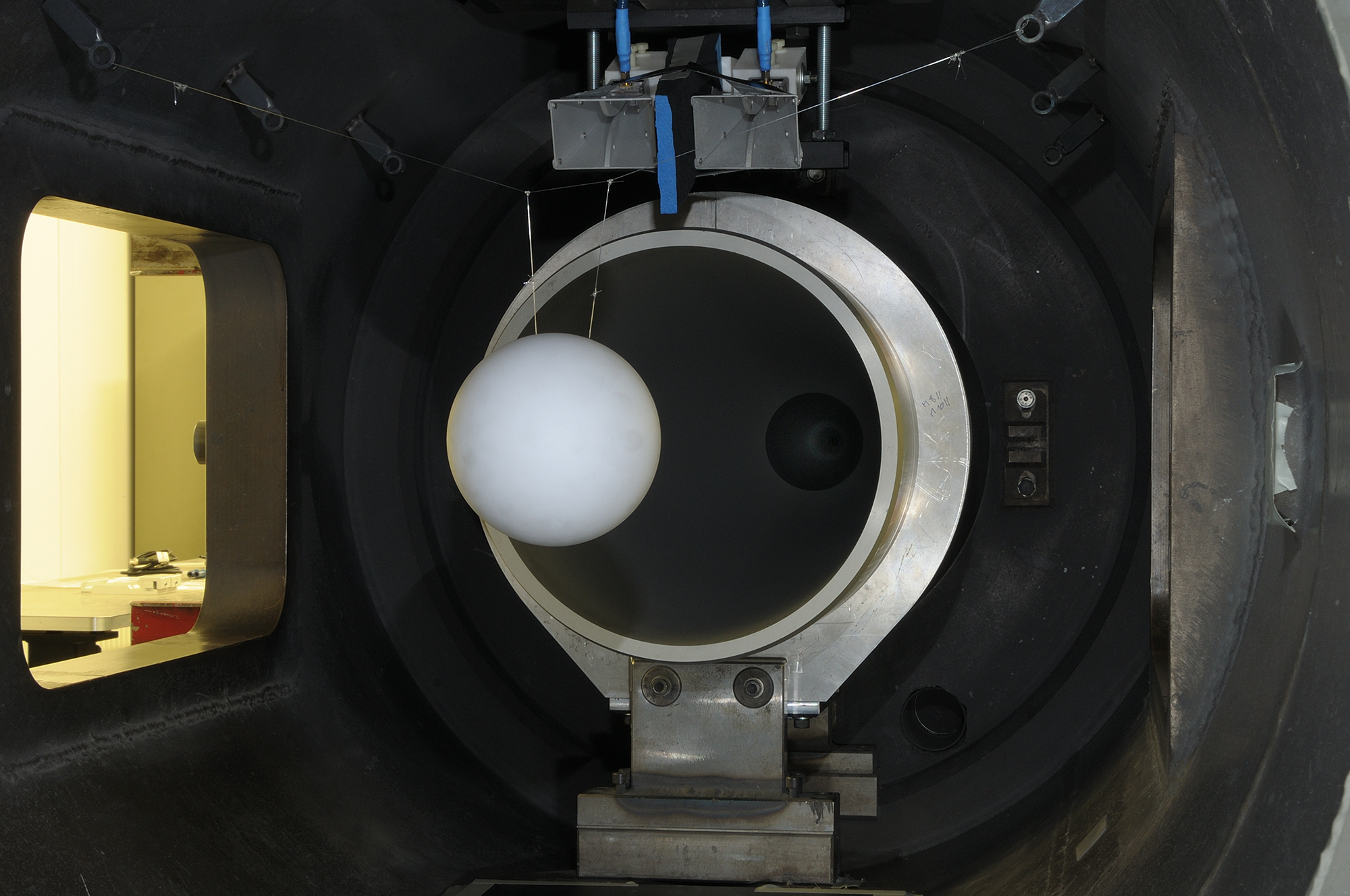
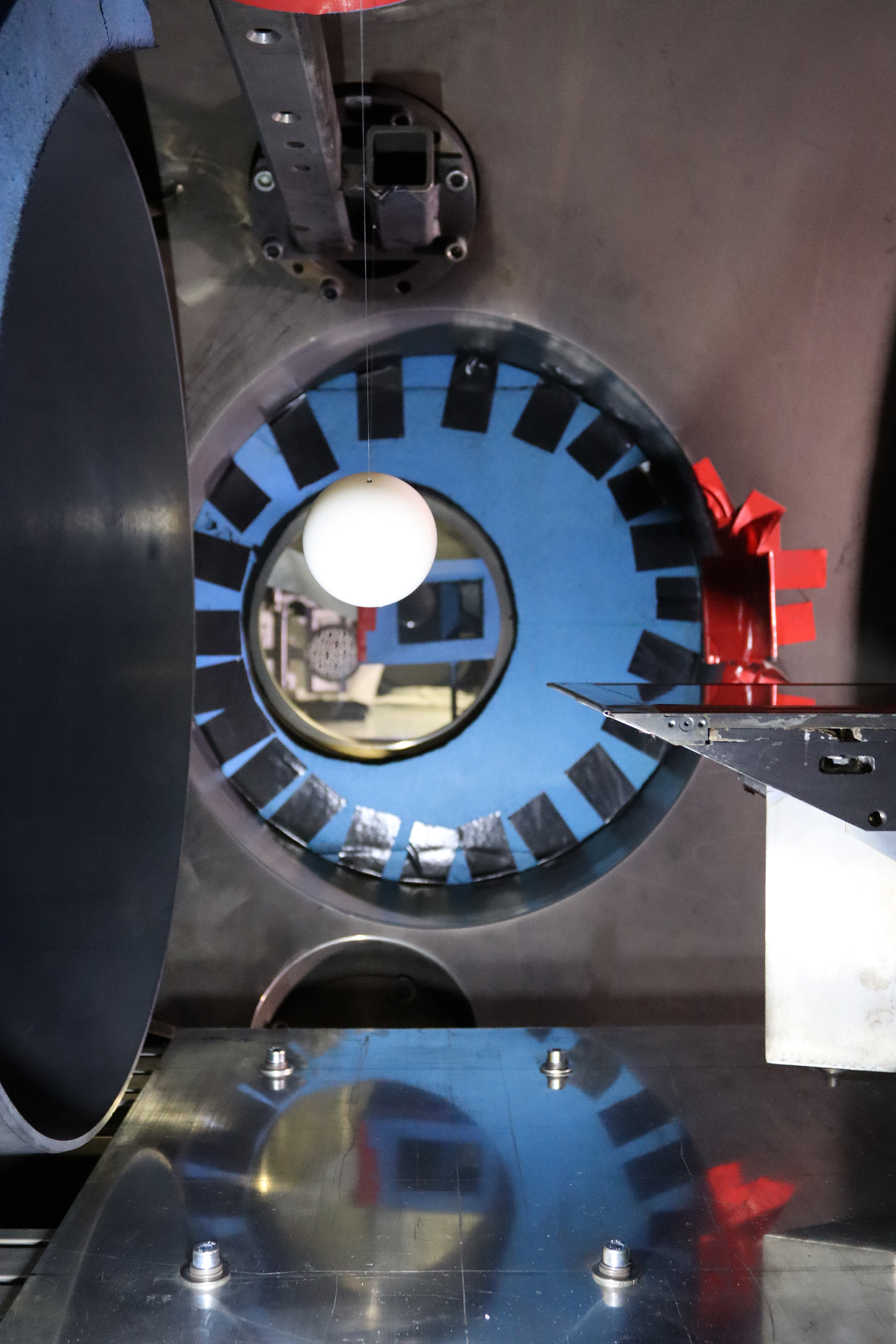
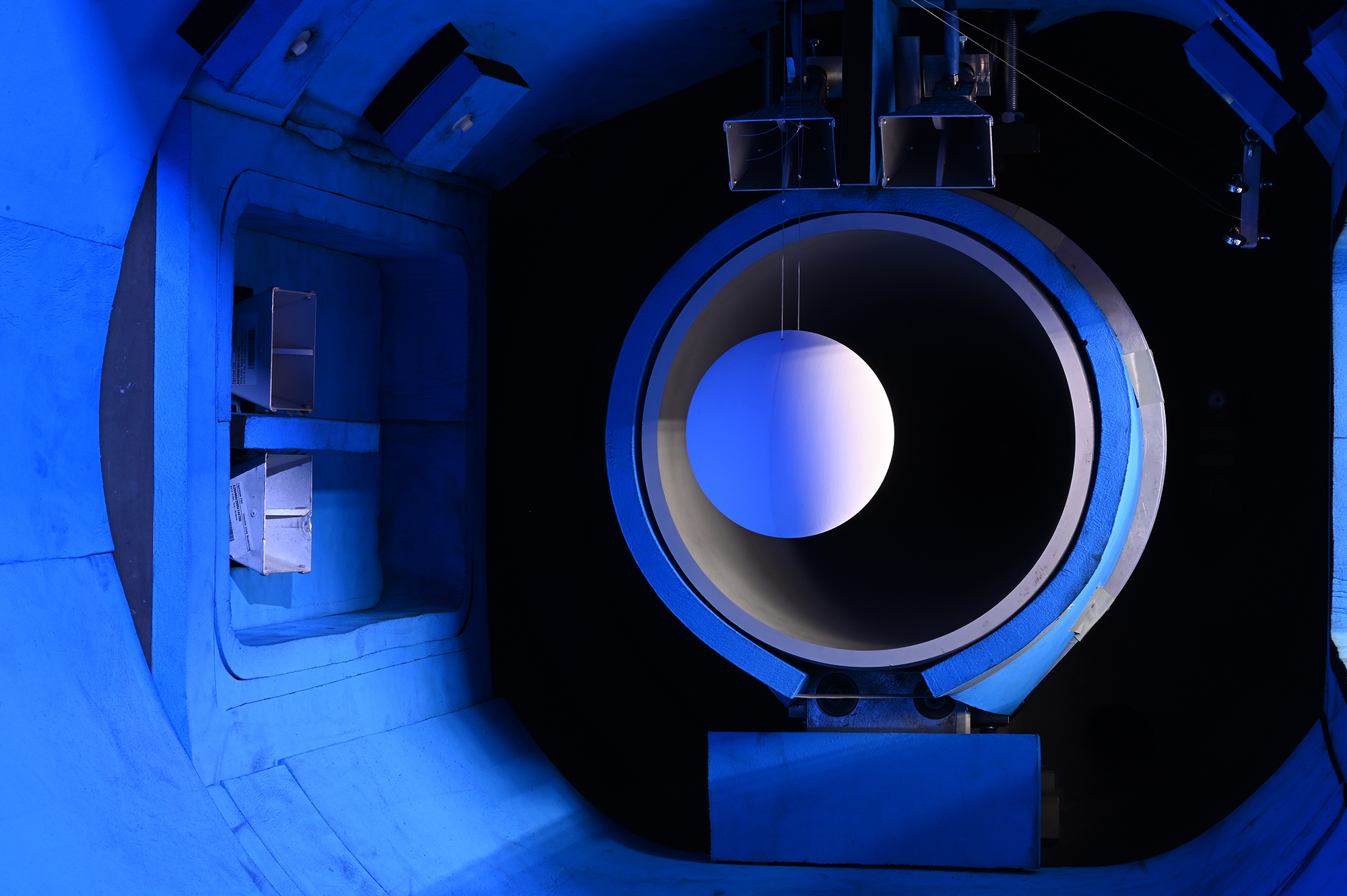
Hypersonic weapons are already in many arsenals around the world and increasingly pose a threat to us. Hypersonic refers to speeds above five times the speed of sound, Mach 5. At lower speeds, we speak of moderate supersonic flight between Mach 1 and Mach 5 or subsonic flight below Mach 1. While subsonic and moderate supersonic have practically no effect on radar reflection, the high friction and compression of the inflowing air in hypersonic flight leads to high-temperature effects such as the formation of plasma or the ablation of surfaces.
In order to tackle the unresolved issues in this context, scientists from the Fraunhofer Institute for High Frequency Physics and Radar Techniques FHR in Wachtberg, the Franco-German Research Institute ISL in Saint-Louis (France) and the DLR Institute of Aerodynamics and Flow Technology in Göttingen and Braunschweig have joined forces in the interdisciplinary research initiative Hypersonic Signature Studies for Radar (HypS²tar). With hypersonic wind tunnels that can simulate the flow at different speeds and altitudes, computing clusters for complex numerical radar and aerodynamic simulations, state-of-the-art experimental broadband radar systems and experienced experts, HypS²tar has all the necessary prerequisites to both calculate and measure hypersonic radar signatures and to better understand the processes.
Since 2020, a large amount of hypersonic radar data has been measured and simulated in wind tunnels. A numerical feasibility study [1] was followed by the "HypS²tar 1a" measurements in August 2021 (Fig. 1), the first radar measurements of hypersonic signatures of a 15 cm sphere in the ISL STB wind tunnel [2]. The measurement technology was specially developed for use in the approximately 1 m³ measuring chamber under vacuum conditions before the experiment and the hypersonic flow during the experiment. Immediately afterwards, in October of the same year, an 8 cm sphere was measured at the HEG in Göttingen (DLR) ("HypS²tar 1b", Fig. 2). With the experience gained, the "HypS²tar 1a" measurements were repeated the following year (2022) with an improved setup ("HypS²tar 1c", Fig. 3). In 2023, various cone geometries ("HypS²tar 2a", Fig. 4) and an HGV geometry from Braunschweig ("HypS²tar 3a", Fig. 5) were measured in the HEG. The influence of turbulence and flaps was investigated with "HypS²tar 2b" in 2024. In addition, data from public sources was also used to improve understanding. For example, the RAM C-II flight experiment from 1968 was simulated and compared with the measured values from that time [3]. The 1.5 m long Braunschweig wave rider "HypS²tar 3b" is the initiative's latest project (Fig. 6) and will also be exhibited at the International Aerospace Exhibition (ILA) in Berlin in 2024. It was metallized to measure its radar cross-section.
[1]: Petervari, R., Nekris, A., & Bieker, T. (2022, April). Numerical analysis of radar-plasma-signatures of a sphere in a mach 10 hypersonic wind tunnel flow. In 2021 18th European Radar Conference (EuRAD) (pp. 86-89). IEEE.
[2]: Petervari, R., Weidner, S., Nekris, A., Brüggenwirth, S., & Knott, P. (2023). The Measurement of Radar-Plasma-Signatures in a Hypersonic Shock Tunnel: Simulation and Experiment. IEEE Transactions on Aerospace and Electronic Systems.
[3]: Petervari, R., Weidner, S., Psarras, K., Brüggenwirth, S., & Knott, P. (2023). A Numerical Simulation of Radar-Plasma-Signatures of the RAM C-II Re-entry Flight Experiment. In 2023 15th 3AF IAMD Conference, 13.-15. Juni, Porto.
